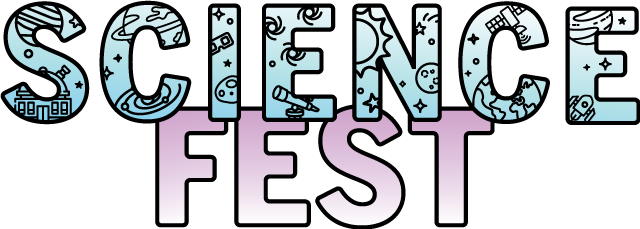Fun With Enzymes
Fun With EnzymesPresented by the Lewis GroupDepartmentChemistry9:00 am - 3:00 pm The Chem Trail
Location
The Chem Trail
Details
Chemistry Building, room CH045 Have you ever wondered how the food you eat gets digested within a couple of hours? And how do
Details
Chemistry Building, room CH045
Have you ever wondered how the food you eat gets digested within a couple of hours? And how do you get energy after eating? Well, the simplest answer is we get energy when the food gets digested within the stomach. But how? The stomach contains many important enzymes (pepsin, trypsin, etc) which are essential for digestion and act as catalysts to break down food faster and provide energy. Enzymes are versatile catalysts which are commonly utilized by nature (plants, animals, bacteria, etc). Enzymes have unique shapes and sizes which help them to catalyze chemical reactions in a specific and selective manner. For example, enzymes can combine two smaller molecules and produce another big molecule with different properties efficiently (which our group will show using a simple demo named a paper-clip experiment). Moreover, enzymes can also break one big molecule into many smaller molecules (similarly as in our stomach) and release energy (we will show another demo explaining how catalase enzyme helps in breaking down one molecule in an elephant toothpaste experiment). Similarly, the enzyme (Bromelain) present in pineapple helps in the degradation of gelatin polymer which we will show as a demo where we will show the difference in degradation using tabletop Bromelain powder vs Bromelain present in fresh pineapple.

